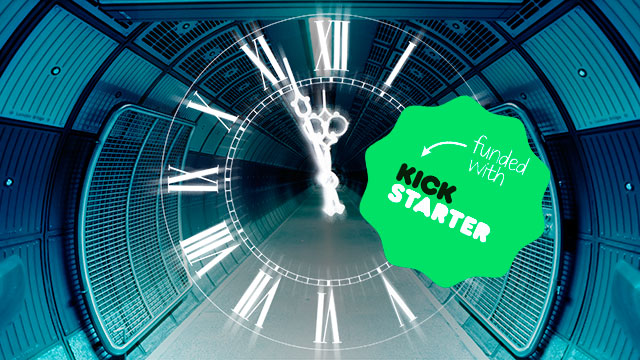In my view, consumer printers are hulking and inscrutable plastic machines, worse to look at than to use. When industrial design students need to be punished, they have to sit alone in a room with one.
So a year ago, I got excited about a new Kickstarter project that promised to change the printing design paradigm. Zuta Labs' printer looked like a tiny marvel: a little machine the size of a large apple that walked across pieces of paper, leaving ink footprints. Twee as a doily collar in a Wes Anderson movie, this device seemed a perfect critique of existing printing technology. I wanted a whole family of them. I wanted to replace my family with them. We'd go to the park, eat ice cream, chase each other though the grass, and during a quiet moment, sitting on a blanket, the printers would inch across my hands and knees, writing, "I'm so happy." Me too, printers. Me too.
Zuta Labs' Kickstarter goal was high ($400,000) and its estimated ship deadline was far off—January 2015. "Buying" a printer through the project was expensive, the reward for a minimum $180 contribution. I had to say no. Ultimately $180 was too much money for that adorable little printer, even if it was the only kind of printer that will ever fit in a tiny New York City apartment. And as I talked myself down, I reasoned that if it succeeds, I can buy it later. Maybe. Hopefully.
Recently, I remembered the project and had to check up on it, as you do with erstwhile crushes. The Zuta Labs printer was successfully funded, having raised $511,662. It's gotten a makeover since I last saw it (the crush metaphor holds) and now has a closed design with its mechanics encapsulated in plastic. After reaching its funding goal, the device went on to receive heaps of coverage in various tech press outlets. It even won a Consumer Electronics Show award for innovation.






 Loading comments...
Loading comments...
